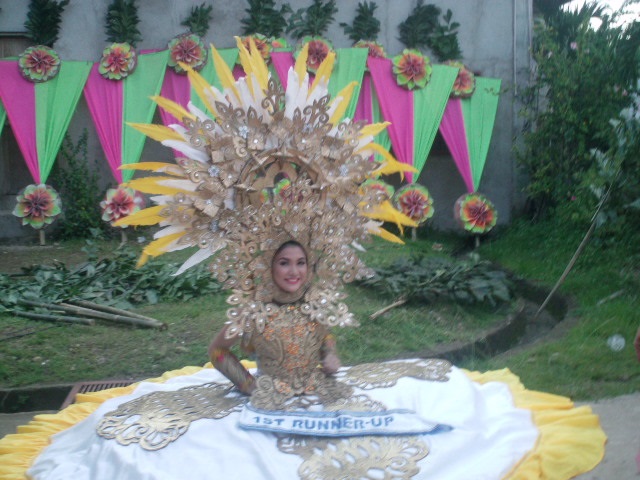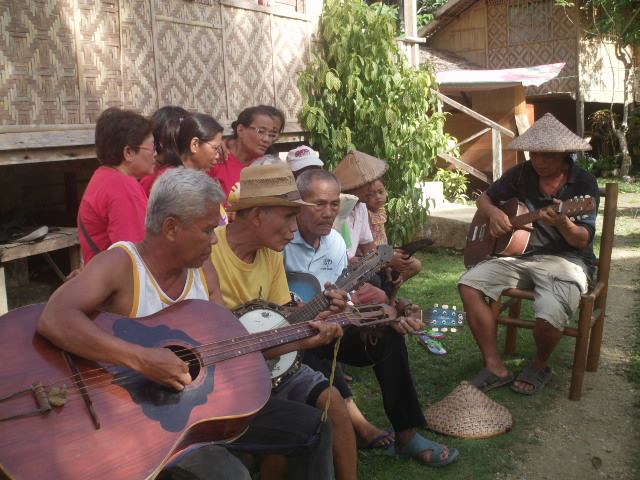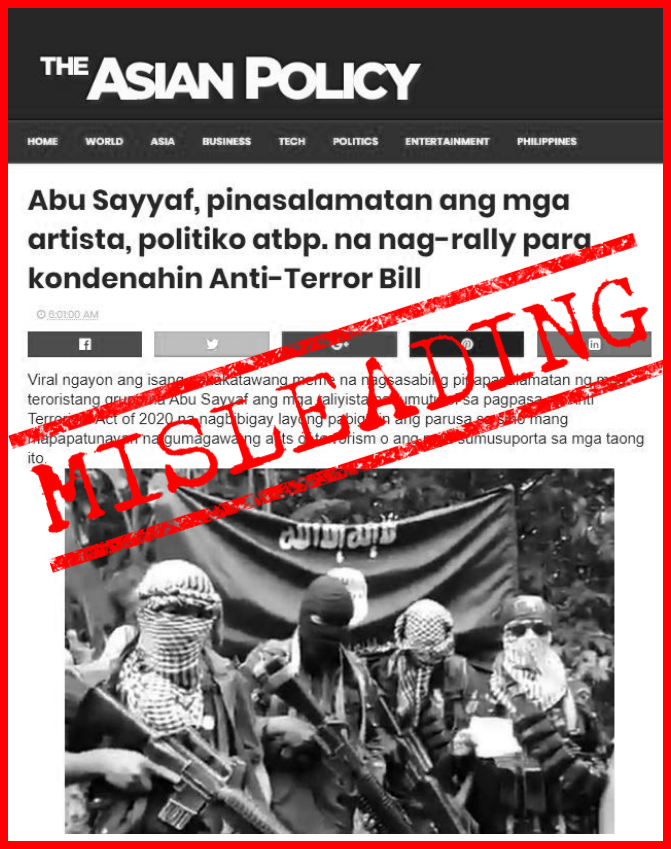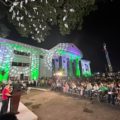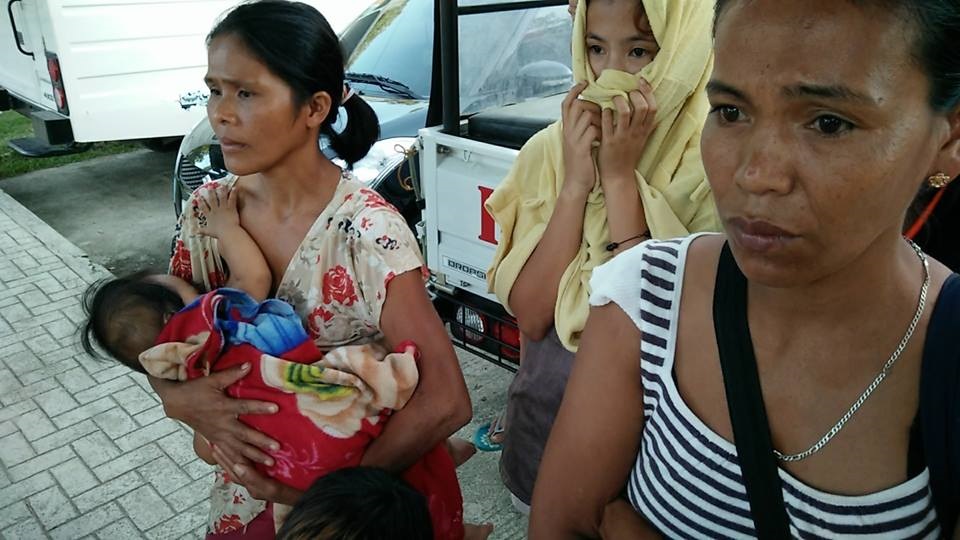
Fear is etched on the faces of residents of Inabanga as they flee their homes where military forces fight Abu Sayyaf elements. Photo by Mike Ligalig.
INABANGA, Bohol. – Residents of this tranquil town are going through real suffering as they join the Christian world in the observance of Semana Santa recalling the passion of Christ some 2, 000 years ago.
Last Wednesday, while the pre-dominantly Catholic residents of this province joined the traditional Holy Week procession of saints carried on flower-bedecked and lighted carosas, people of least four barangays of Inabanga were noticeably absent as they were too preoccupied with survival matters either in emergency shelters, schoolhouses and chapels.
The crosses they have to bear are not just symbolic rituals, but realities they need to face now, a church worker noted.
Like many places in the country, this town was beginning to be in a reflection mood Holy Tuesday following the end to the pealing of church bells Palm Sunday when church goers re-enacted the triumphant entry of Christ, represented by a horse-riding priest, to Jerusalem.
Visitors, lured by the island province’s white sand beaches and nature tours, were starting to arrive.
The holiday air was rudely interrupted by the arrival of some members of the Abu Sayyaf terror group in three motorboats at a riverside village of Napo that prompted a military operation and eventual evacuation of the largely farming and fishing population in the area.
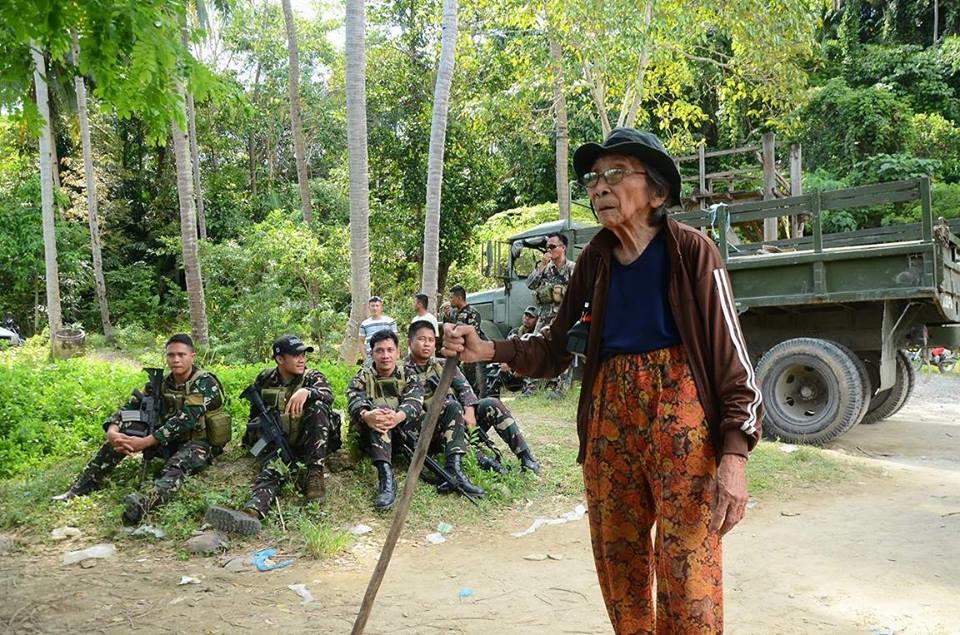
An elderly woman looks for refuge passing soldiers deployed to fight elements of a terrorist group who arrived in Inabanga, Bohol Tuesday. Photo from Superbalita website.
Fear gripped residents of hinterland barangays as fighting broke out between government forces and suspected Abu Sayyaf men from early morning of Holy Tuesday continuing to Holy Wednesday.
By midday Wednesday, the military operation that included airstrikes and bombardment resulted in the death of six Abu Sayyaf members and four from government forces (one policeman and three soldiers). An Army was reported to have been wounded. Government forces recovered three M16 and one M14.
Armed Forces of the Philippines (AFP) chief of staff General Eduardo Año confirmed to media Wednesday that Abu Sayyaf leader Abu Rami was among those killed during the fire fight. He said the death of Rami, whose known real name is Muamar Askali, is “a big blow to the bandit group”, whose activities, until this week’s foray in Central Visayas, used to be limited in Jolo and Basilan.
There had been no report of civilian casualties so far in last Tuesday’s encounter except for an elderly who reportedly died of a heart attack at the height of the bombing.
Inabanga Mayor Josephine Socorro Jumamoy said some two thousand evacuees from five barangays (Napo, Kawayan, Canglente, Rosario, Baguhan) are now sheltered in schoolhouses, chapels, the town cultural center, and in houses of the evacuees’ relatives.
Some evacuees complained that they only had their clothes on when they hurriedly ran away from their houses, and worried about the farm animals they left in the fields, like carabaos, pigs, chickens, etc. A mother said the children screamed in terror whenever a bomb was dropped during the operation.
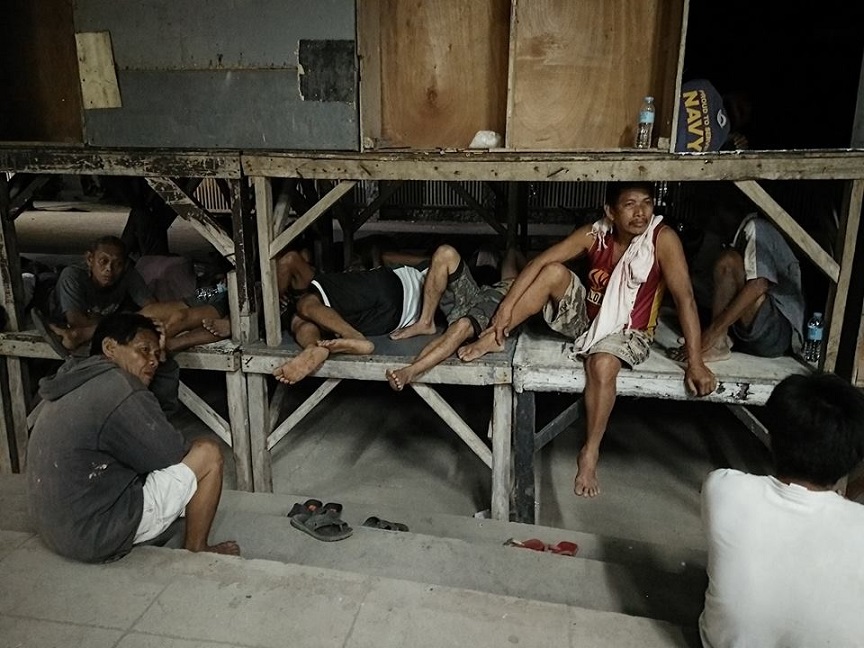
Evacuees outside Inabanga Cultural Center. Photo by Mike Ligalig.
Marissa Meloria, 51, told the Bohol News Tonite radio program that she is still going back to their house (in Napo) where her husband is attending to their farm animals. “Isalig nalang nako sa Ginoo ang tanan,” (I’m leaving everything to God), she sighed.
She shared that her husband’s relative, Joselito Meloria, who married Muslim woman, had unidentified visitors in recent days three times.
One unnamed sand and gravel gatherer told listeners of a radio program that he saw three motorized boats that did not look like the pump boats being used in the province passing by where they were working Monday afternoon with three men each on board. He said he thought they were tourists. Children later reported that they saw firearms and other munitions “gibuwad” or being sun dried by the visitors, which alarmed the residents, an unnamed source disclosed.
Capt. Jojo Mascariñas, spokesperson of the Army’s 302nd Brigade, said five ASG members are still “resisting” or on the run. He stressed, however, that the situation is under control, and belied reports that other ASG members have gone to some parts of Bohol.
Bohol Governor Edgardo Chatto, who rushed to this town Tuesday, allayed fears of more attacks, and stressed that the disturbance is “an isolated case of a barangay in Inabanga,” not the whole province. He gave assurance that the evacuees’ immediate needs, like food, water, and other relief goods, will be provided by appropriate offices, adding that food aid has been prepared for the evacuees.
He called for vigilance among residents and mayors of coastal towns, and thanked the concerned citizens for the early information about the movement of the ASG which, he said, made the pre-emptive attack possible, and prevented what could have been a worse situation.
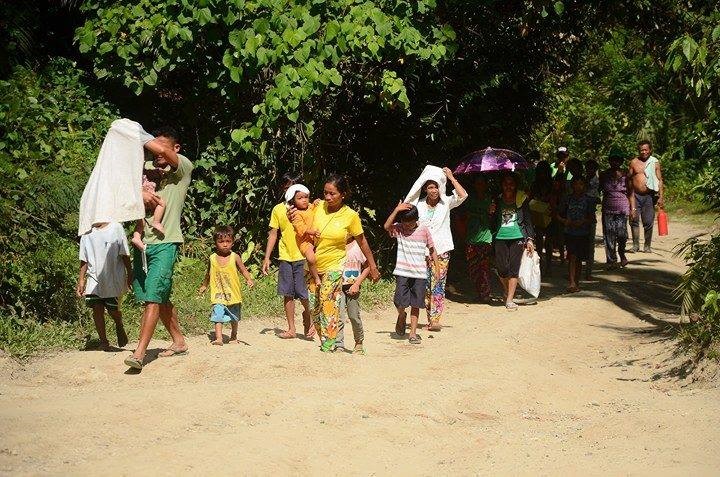
Inabanga residents evacuate. Photo from Superbalita website.
Barangay Napo has been considered a “very strategic entry point” as its river faces Cebu, has a lot of tributaries, and has trails towards Danao, Sagbayan and Carmen towns, analysts said.
The Abu Sayyaf armed group’s presence came on the heels of preparations for the April 19-22 meeting of representatives of the Association of Southeast Asian Nations (ASEAN) and Hongkong on free trade at the Hennan Resort in Panglao. Chatto said the meeting will push through.
The United States’ Manila Embassy earlier warned U.S. nationals about going to Central Visayas, citing information from “unverified but reliable source” of an unspecified violent armed group’s possible strike in the area, Bohol and Cebu in particular.
Tagbilaran Diocese Bishop Alberto Uy, in a radio DYRD interview, said that the local church is “worried, afraid of what happened in Inabanga” this Holy Week. He urged the Bohol faithful to pray for the people affected by the operation,and “those protecting us from the forces of evil.”
The firefight and its effects “should not make us divert from the fact that this is a Holy Week,” he said, and urged the Boholano faithful to join the activities that recall the Christian tenet of sacrifice and the glory of Christ’s resurrection–from the Visita Iglesia, stations of the cross, the washing of the feet of the apostles, to the “tagbo” or meeting, which in the province traditionally features a “hugos” where an angel removes the veil of sorrow from Mother Mary as she meets the resurrected Christ.
It is better that sacrifices during Semana Santa are done not just for show or for tourists, but for the atonement of sins which prepares us for Easter Sunday, the church prelate said.
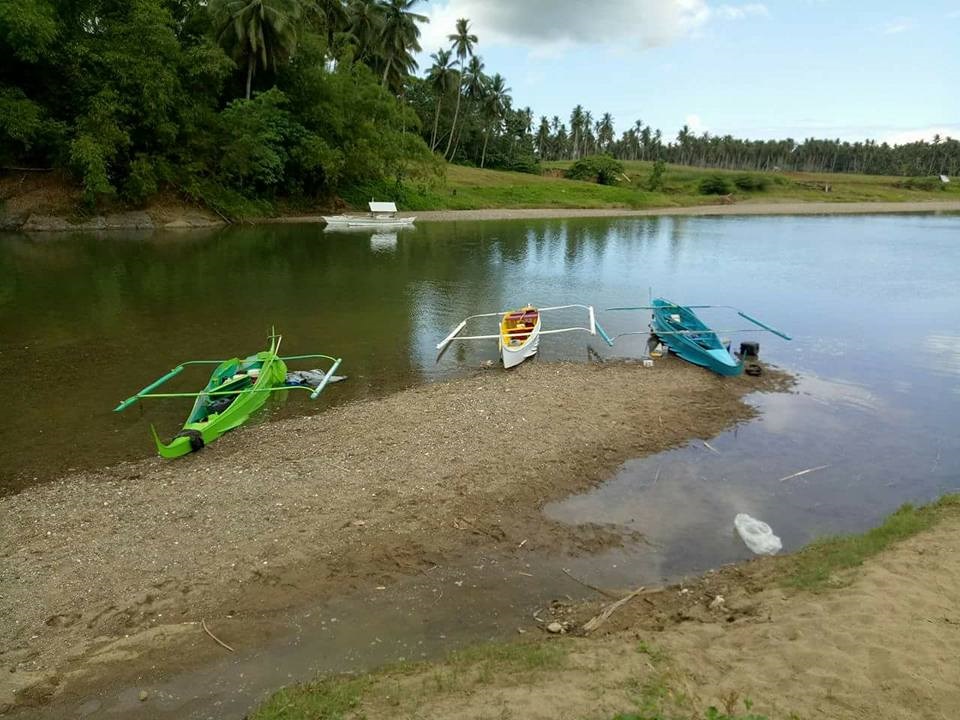
The Abu Sayyaf kumpits that landed in Inabanga.

